
Development Trends of...
2025-03-29

Using Solar Energy...
2025-02-23

How do photovoltaic...
2025-02-14

Growing Under Solar...
2025-02-14

BESS Assemblies: ...
2024-12-21

Solar Panel Installation...
2024-12-02

Microgrid basics
2024-11-06
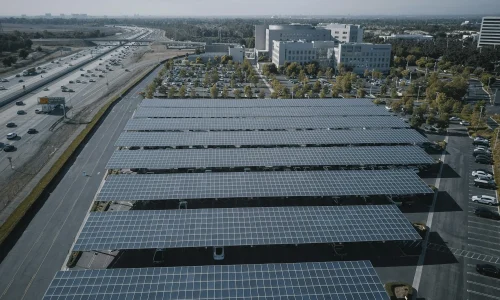
UFO POWER - Leading...
2024-04-02

UFO POWER and AC...
2024-03-06

UFO POWER: Revolutio...
2024-02-27
How do photovoltaic cells work - Get to know more about photovoltaic cells
Date:2025.2.14
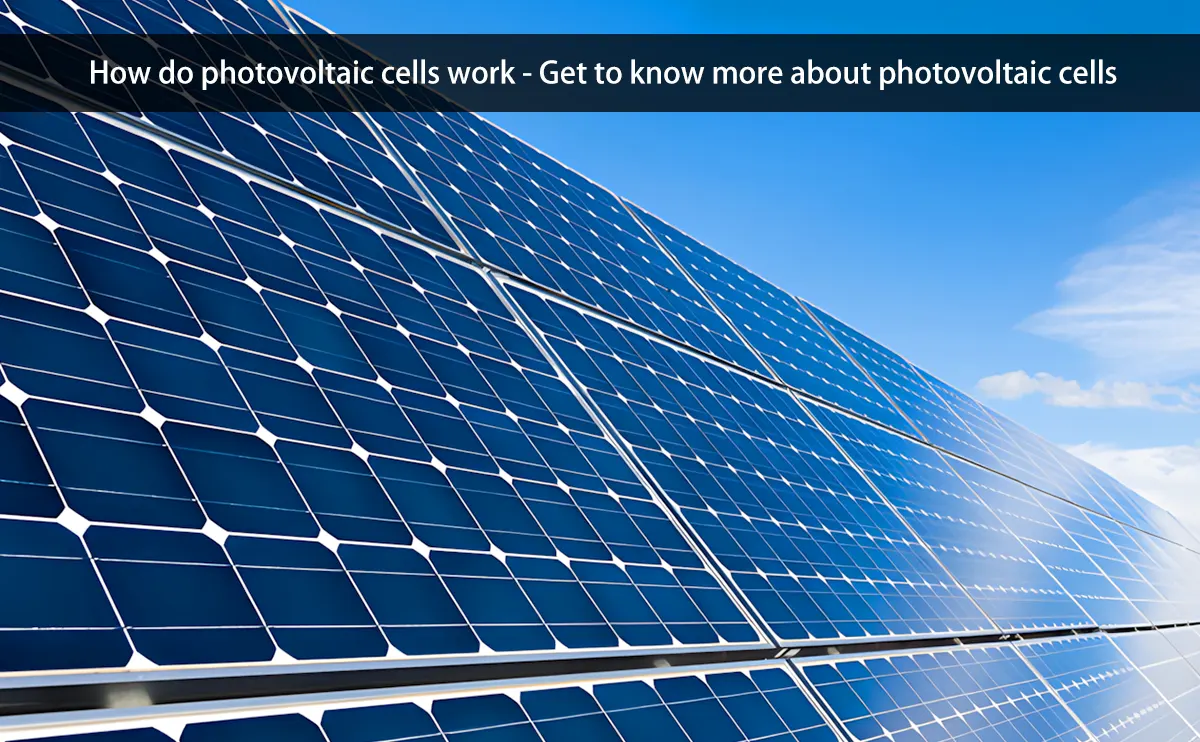
In the context of carbon neutrality, the development of the new energy industry is facing opportunities. Photovoltaics is a very important direction in the development of new energy, and in the precise construction of photovoltaic modules, solar cells are like the heart of the human body, serving as the core power source for energy conversion. To understand the core of photovoltaic systems, the first step is to answer the question of how to do photovoltaic cell work.
This article will discussed how do photovoltaic cells work and the use of photovoltaic cells in our daily life especially in our house.
What is a photovoltaic cell
Photovoltaic cells are typically made of semiconductor materials such as silicon and have two electrodes, positive and negative. It is one of the key components of solar photovoltaic power generation systems.
Next, we will further understand the composition and structure of photovoltaic cells.. The surface of the battery cell has a blue anti reflection film and silver white electrode grid lines. Many of the thin grid lines are the leads that connect the surface electrodes of the battery cells to the main grid lines. A few wider silver white lines are the main grid lines, also known as electrode lines or upper electrodes (currently, there are battery cells with 4, 5, or even 12 main grid lines in production). The back of the battery cell also has several intermittent silver white main grid lines corresponding to the front, called the lower electrode or back electrode.
The connection between battery cells is achieved by welding the interconnecting strip to the main grid line. The electrode wire on the front side is usually the negative electrode wire of the battery cell, while the electrode wire on the back side is the positive electrode wire of the battery cell. The existence of these precise structures is the key to how photovoltaic cells work – collecting photocurrent through electrodes.
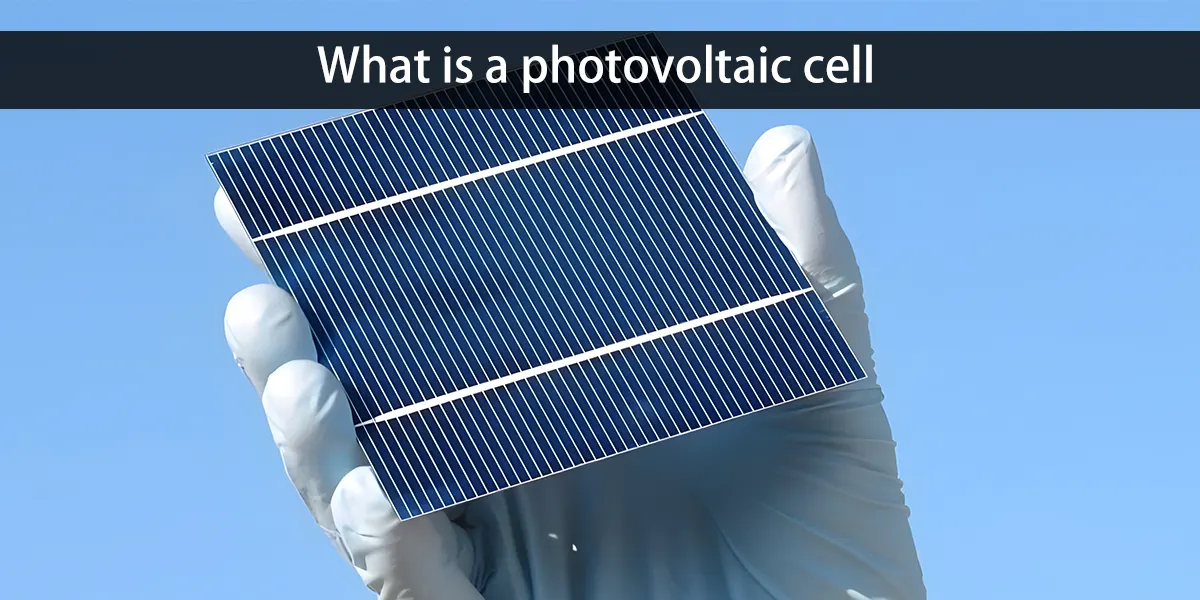
How do photovoltaic cells work
Knowing the composition of photovoltaic cells can provide a clearer understanding of how do photovoltaic cell work.
Photovoltaic cells are assembled onto solar photovoltaic power generation equipment, such as solar panels, to form photovoltaic cell modules. Multiple photovoltaic modules can be combined into a photovoltaic array to achieve greater power output. The following will answer how do photovoltaic cell work from two aspects.
- How do photovoltaic cells work simple
- Many people may wonder do solar panels produce AC or DC, here we can answer this question while explain photovoltaic cells work in a simple way. Photovoltaic cells After absorbing the energy of light energy, it is converted into electrical energy, generating direct current. This DC current can be stored in a battery for power supply or converted into AC power through an inverter to meet the electricity needs of households or businesses. In short, the core of how do photovoltaic cell work is to convert light energy into direct current.
- How does a solar cell work step by step
- The core of a photovoltaic cell is a thin layer of silicon crystal. When warm sunlight shines on a solar cell, the photovoltaic effect occurs immediately. The outer electrons of silicon atoms absorb photon energy under sunlight, forming a free electron flow, which is the photovoltaic effect.
- Three steps to tell you how to do a solar cell work by step
- Sun shine
- Photons carry energy and ‘impact’ silicon materials.
- Electron transition
- Electrons in silicon atoms are excited to form “electron hole pairs”.
- Current generation
- PN junction (positive and negative electric fields formed by doping in silicon) drives the directional movement of electrons, generating direct current.
- Through these three steps, we can clearly see the microscopic process of how to do photovoltaic cell work. Light energy is rapidly converted into electrical energy, generating direct current. This current can be stored in the battery or converted into AC power through an inverter to meet various electricity needs.
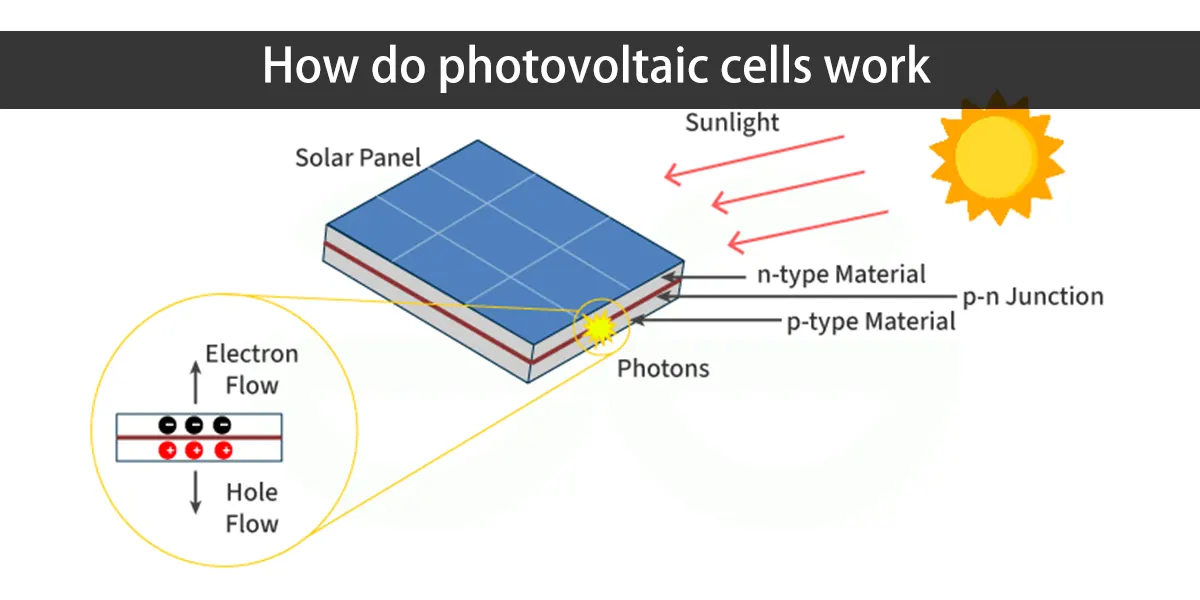
Voltage and current of photovoltaic cells
After knowing the how do photovoltaic cells work, the voltage and current of photovoltaic cells is more closely related to daily life use.
Photovoltaic cells are connected in series or parallel to form a photovoltaic cell group, in order to increase the output voltage and current. The magnitude of the current in photovoltaic cells is closely related to the following factors.
- Light intensity
- The stronger the illumination, the more photons are absorbed, and the more electron hole pairs are generated, resulting in a larger current.
- Battery area
- A larger battery area means more light energy can be captured and converted into electrical energy, so the current will also increase accordingly.
- Conversion efficiency
- The photoelectric conversion efficiency of a solar cell determines how much incident light energy can be effectively converted into electrical energy. High efficiency batteries can generate greater current under the same lighting conditions.
- Temperature
- Although not a direct factor affecting current generation, temperature can affect the voltage output of the battery and the mobility of charge carriers. Efficiency usually decreases at high temperatures, resulting in a decrease in actual current output.
- Battery quality and condition
- Internal factors such as material purity, crystal structure, and defect density can also affect current generation and effective collection of charge carriers. The “raw materials” of photovoltaic cells determine the power generation efficiency.
How many volts does a solar cell produce
Many people who are not familiar with photovoltaic cells may be curious about how many voltages do a solar cell produce. The voltage of photovoltaic cells is generally 0.5-0.7V, and when multiple cells are connected in series, a higher voltage can be obtained.
The configuration of modern solar panels is more diversified, such as boards with 60 or 72 cells, which will result in higher voltage. For example, a board with 60 batteries is usually divided into 20 groups in series, with 3 in parallel in each group. The open circuit voltage may be over 30 volts, and the operating voltage may be around 24 volts, making it suitable for 24 volt systems. And the possibility of 72 pieces is higher, suitable for larger systems.
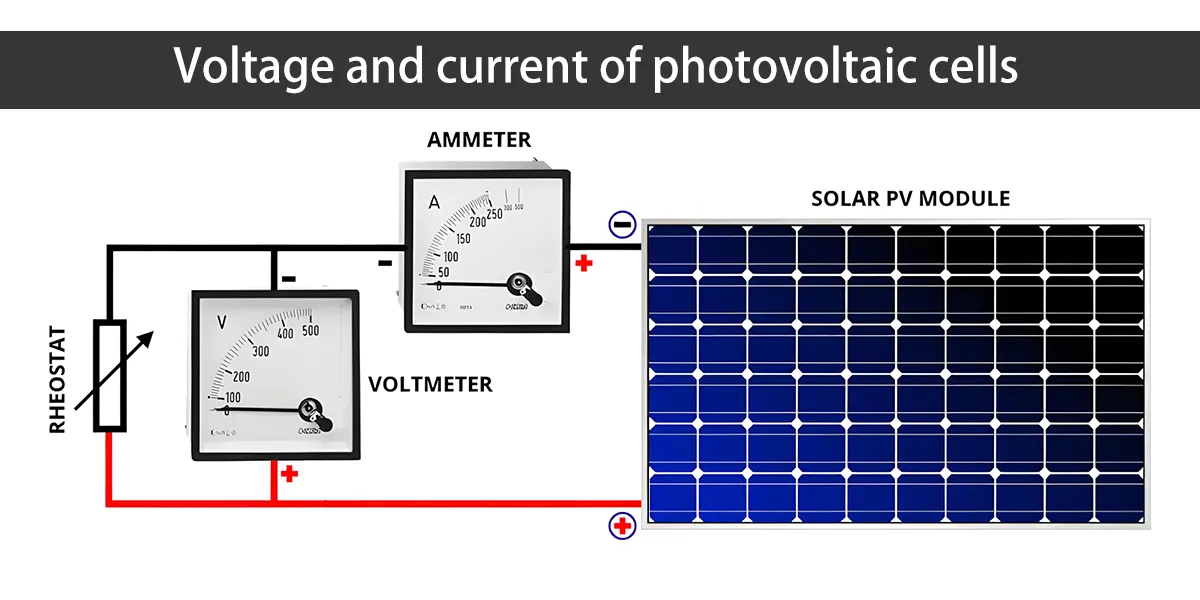
What are the three drawbacks of photovoltaic cells
Conversion Low
At present, the mainstream technologies for photovoltaic cell raw materials are divided into two categories: monocrystalline silicon and polycrystalline silicon.
On the monocrystalline silicon structure, silicon atoms are arranged neatly and have high purity. The efficiency is 18% -22% (over 25% in the laboratory), but the cost is relatively high. The polycrystalline silicon structure is the fusion of silicon crystal fragments with grain boundaries. The efficiency is 15% -18%, and the cost is relatively low.
Temperature and environmental impact
It is greatly influenced by climate and environmental factors. The energy source of photovoltaic power generation comes directly from the irradiation of sunlight, and the sunlight on the Earth’s surface is greatly affected by climate. Long term rainy, snowy, cloudy, foggy, and even cloud changes can seriously affect the power generation status of the system. Due to different geographical locations and climates, the sunshine resources vary greatly in different regions. Photovoltaic power generation systems can only be effective when applied in areas with abundant solar energy resources.
High cost
So far, the cost of photovoltaic power generation is still several times higher than other conventional power generation methods, which is the main factor restricting its widespread application. And the manufacturing process of crystalline silicon cells is highly polluting and energy consuming. From silica sand to crystalline silicon with a purity of over 99.9999%, it requires multiple chemical and physical processes, which not only consume a large amount of energy but also cause certain environmental pollution.
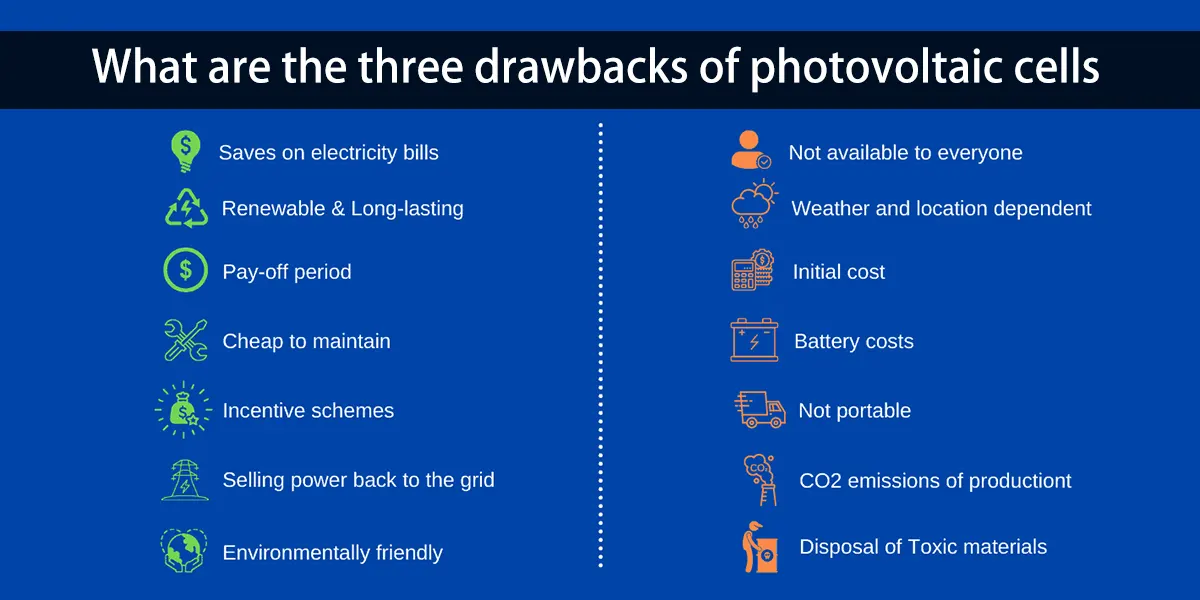
How do households use photovoltaic cells
Roof solar power generation system
Spontaneous self-use saves a lot of money. The energy storage system amplifies the benefits of off peak electricity consumption, reducing household electricity costs. In home applications, the answer to how do photovoltaic cell work directly affects system design, such as adapting household appliances by increasing voltage in series.
Solar powered mobile charging device
Emergency power supply under extreme weather conditions, off grid photovoltaic systems can independently supply power for several hours during typhoons and snowstorms, and energy storage devices can support uninterrupted operation of electrical appliances within a certain power range according to equipment parameters.
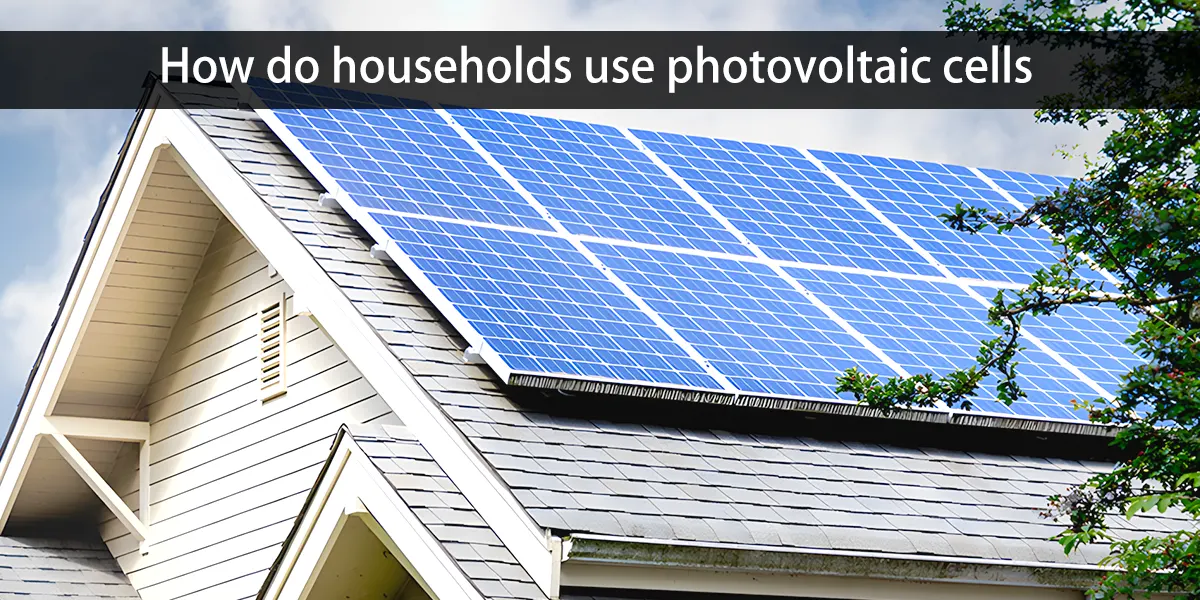
Factors affecting the efficiency of household solar energy systems
- Installation angle and orientation
The orientation and inclination of the roof directly affect the power generation efficiency of the photovoltaic system. Generally speaking, a south facing roof is the most ideal, and the recommended slope is usually between 15-40 degrees- Ensure that the roof structure can withstand the weight of the photovoltaic system, especially in snowy or rainy areas.
- Obstruction issue
Photovoltaic systems rely on solar energy, so it is necessary to ensure that the installation area is unobstructed, such as tall trees or buildings, to avoid shadows affecting power generation efficiency.
- Reliable solar cells
Choosing a qualified and experienced installation company can ensure the quality of system installation and subsequent services.
How do solar cells charge energy storage batteries
In photovoltaic power generation systems, when photovoltaic cells generate current under illumination, the current is stored through energy storage devices, as follows.
Firstly, the current output by the photovoltaic array passes through the charge controller, which is responsible for regulating and managing the current flowing into the battery, ensuring the safe and effective charging process, and preventing overcharging or overdischarging. Energy conversion and storage
Then, the current adjusted by the controller will flow to the battery (lithium battery, etc.), during which the current is converted into chemical energy and stored inside the battery.
When electricity is needed (such as at night or on cloudy days without light), the controller will control the release of stored electrical energy from the battery and convert it back to direct current or alternating current (AC) through an inverter as needed to supply various loads.

Conclusion
Photovoltaics is not just about power generation panels, but also the key to future energy! From satellite power supply to desert power plants, from household rooftops to offshore photovoltaics. This new energy technology is reshaping the global energy landscape. This article presents the scientific logic and potential applications of how photovoltaic cells work in its entirety.





